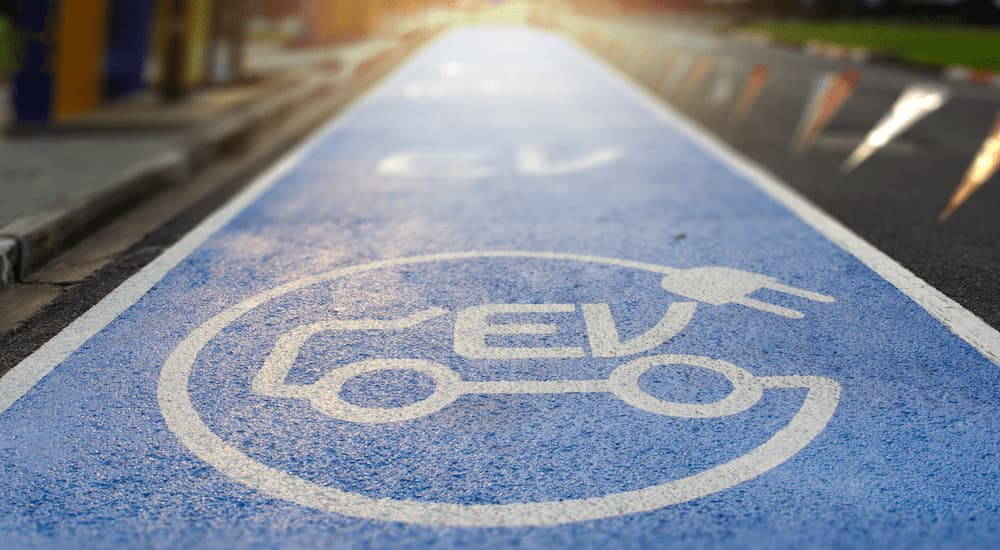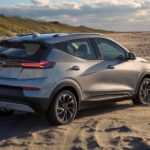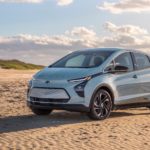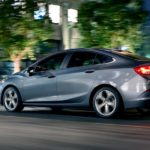General Motors was originally one of the few big holdouts on enabling California to make its own emission regulations, a change that will have a significant impact on the auto industry moving forward. In fact, it’s no secret or surprise that California’s zero-emission vehicles initiative (also referred to as ZEV) is set in place for 2035, where no new gas-powered vehicles can be sold in the state. This puts plenty of companies in a bit of a pickle and many well-known internal combustion engine brands in peril, like Chevy. This means that if you want a gasoline-powered vehicle from that time onward, you are going to need to look for used cars for sale that already has a gas engine installed. All new vehicles you find at a local Chevrolet dealer are going to be chiefly selling brand new ZEV vehicles of the alternative fuel kind.
Where does that put Chevy’s future line-up of vehicles, and how does this impact some of the popular nameplates you’ve come to love? How long until you will only be able to get gas-powered cars used? We know that there are big plans for certain nameplates when it comes to alternative fuel outings, as well as initiatives underway already for popular vehicles like the Silverado. But will Chevy chiefly be all-electric by 2035? What happens to the market that needs the medium and heavy-duty trucks that the brand is known for producing?
General Motors Got on Board in 2022
Originally General Motors was not on board with California setting its own emission laws. In turn, California opted out of buying any fleet vehicles from the company, thus cutting out a lot of potential revenue for the automaker. However, in 2022 General Motors came around to recognize California’s initiative under the Clean Air Act for zero-emission vehicles. This not only means that the company is now eligible to have California buy-up fleet vehicles but also means they’re going to be positioning themselves to be ZEV-ready by 2035.
This has led to GM investing $35 billion over the next several years to develop more EVs and self-driving vehicles and eventually move its entire line-up to alternative-fuel products by the 2035 cut-off date. But what about the heavy and medium-duty trucks? Well, California’s ZEV initiative is a little more lenient on vehicles with a much larger weight rating, so companies will have until 2045 to get the heavy and medium-duty segments in order. It’s still not a lot of time, but GM––in addition to backing California’s policy––also announced that they would also be moving their entire heavy-duty line-up to alternative fuel in less time than the mandated 2045. In fact, according to GM CEO Mary Barra, there are plans to get the entirety of the company’s automobiles into carbon-neutral territory by 2040, which includes all-electric heavy-duty vehicles.
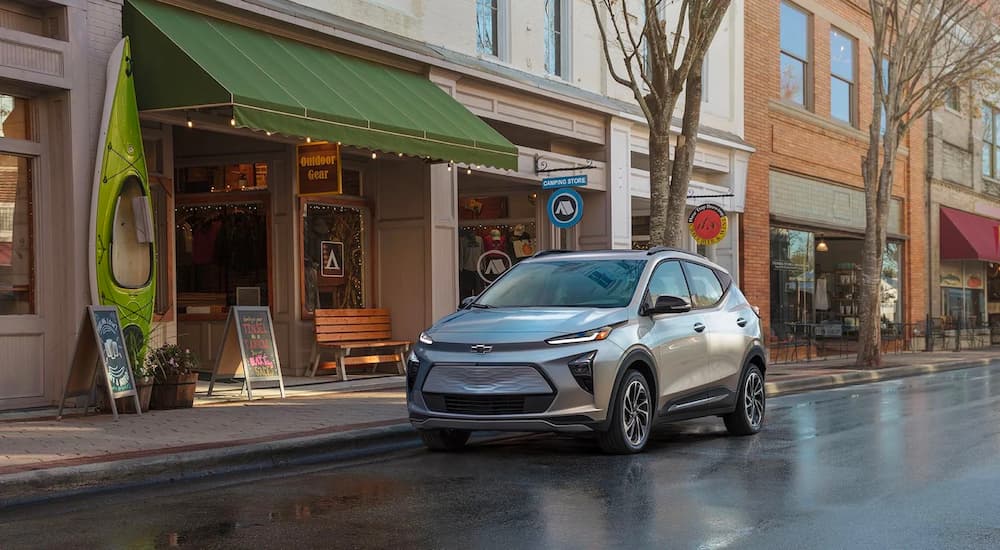
Chevy Paves the Way With the Bolt EV
In many ways, we’re already getting a short glimpse into what you’ll find on most Chevrolet dealer lots across the nation with the introduction of the Chevy Bolt EV back in 2016 and the more recent Chevy Bolt EUV that arrived on the market as a 2022 model. Even with some recall hiccups with the batteries, Chevy is still leading the way when it comes to electric motor vehicles for the parent company. In fact, the Chevy Bolt EV is the best-selling non-Tesla electric vehicle in America, according to a sales report from Kelley Blue Book.
It basically sets the tone for what we can expect from Chevy, in some ways, for the future of the brand, despite it initially being built on economy-class passenger vehicles, trucks, and hot rods during the early decades of its inception. The Bolt EV and Bolt EUV’s success has also paved the way for more risky pursuits, such as the Chevy Silverado EV, which is set to debut as a 2024 model year outing.
The Bolt series and the Silverado are also joined by two other EV compatriots out of the Chevy brand: the Equinox and the Blazer. The 2024 Chevy Blazer EV will be the first time that the Blazer goes EV, whereas the 2024 Chevy Equinox EV will offer drivers a compact crossover solution for the popular nameplate. This gives Chevy a lot of leeway and versatility in its non-combustion line-up moving forward.
Chevy’s Future Zero Emission Line-Up
Speculation has already run rampant on which of Chevy’s vehicles will get the EV treatment next. Rumors have swirled about a new Camaro possibly becoming an EUV, much like the Bolt, but all they’ve been is just that: rumors. What isn’t a rumor is that several of Chevy’s most popular vehicles will be branched off into sub-brands and will have multiple models catering to different segments of the market. This is similar to how Ford branched off the Mustang into the Mach-E as an electric crossover.
However, what we don’t know is what these sub-brands will look like or if they’ll be more hybrid than electric. On a more concrete note, however, the Chevy Malibu could be in for the EV treatment before any other vehicle that hasn’t already been announced as an EV. Why? Because the company has already unveiled the D-segment EV for the Chinese market, and there are already reports that this vehicle could appear outside of China’s market and as a vehicle for North American car shoppers. What’s more, there are reports that this EV could translate into a replacement for the Chevy Malibu.
This would mean that Chevy would have nearly an EV for every segment in the very near future: the subcompact Bolt EV hatchback and Bolt EUV, the compact Equinox SUV, the midsize Malibu sedan and Blazer SUV, and the full-size Silverado EV. That’s assuming things go according to plan and the company can get a handle on production and supply. It would also mean that out of all of GM’s offerings, Chevy as a brand would be the closest to meeting California’s ZEV initiative.
The remaining combustion engine offerings from Chevy would then need to undergo similar treatment or get phased out if they’re to maintain pace with California’s code. This would mean we would either see replacements or the dissolution for the Suburban, Tahoe, and Traverse. It will be interesting to see how the full-size crossover and SUV segments are tackled in this regard. But for the smaller segments, Chevy certainly has an answer for the near future.
Sticking With ICE for the Time Being
Despite a lot of tough talk on wiping out carbon emissions from their vehicular line-up, GM isn’t going to completely abandon their internal combustion engine money makers. In fact, during an interview, GM President Mark Reuss actually mentioned that they would be keeping with the production of internal combustion engines for the foreseeable future, so long as they continue to be the backbone of revenue for the company. This comes after a lot of production woes in recent years and hold-ups leading to shortages. In turn, GM’s forecasts for alternative fuel vehicles making it to market and turning a profit have been pushed back.
So where does that leave Chevy’s future in California? Well, as stated at the top of the article, a Chevrolet dealer selling only electric or alternative fuel vehicles is still the plan for 2035; only getting there won’t see the current internal combustion engine line-up going away any time soon. It seems like simple math that so long as people keep buying what’s available, GM will keep making them. But for how long will that last? Well, just until the zero emissions initiative(s) force them to stop. When that happens, you’ll have to turn to the used lot if you want something gas-powered.

